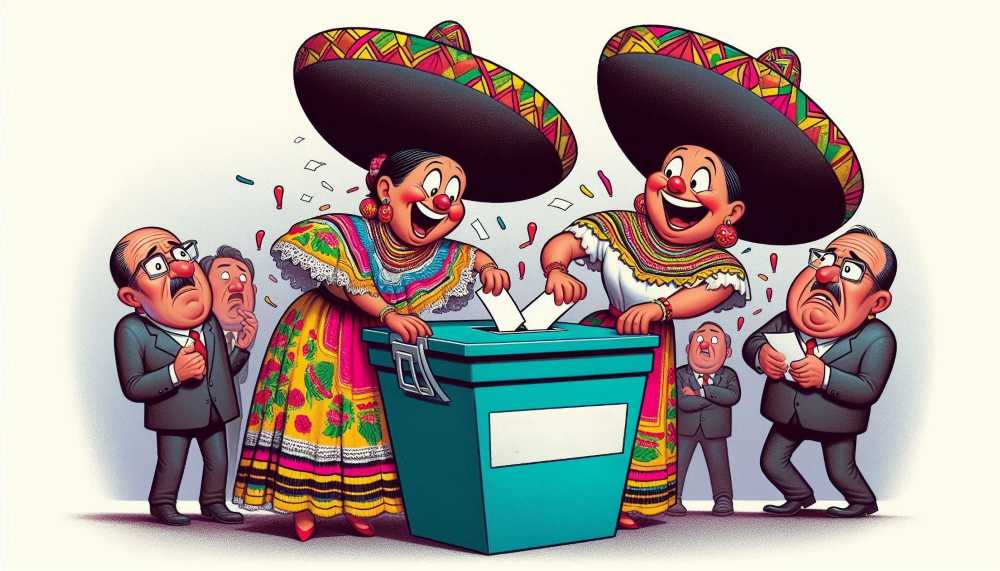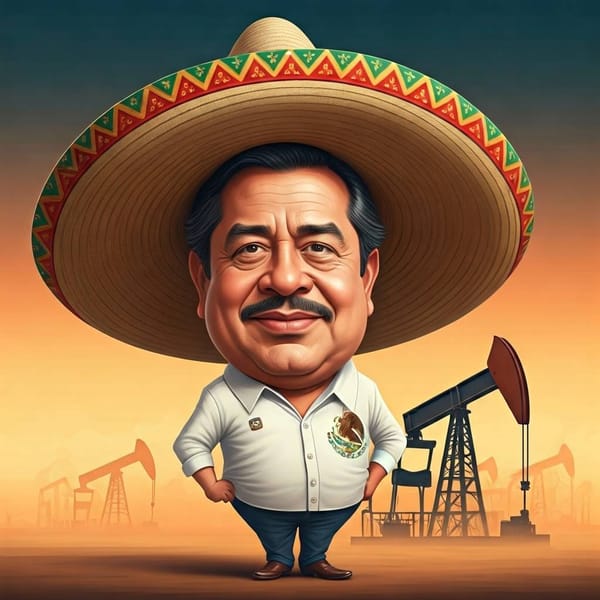How Mexican Women Won Their Political Rights
Mexican women's journey to political equality was a long and arduous struggle. From the early 20th century, pioneers like Hermila Galindo fought for suffrage and gender rights. In 1953, women finally gained the right to vote.

On the 17th of October, 1953, an extraordinary shift took place in the political landscape of Mexico. Women across the country gained the right to vote and run for office, a historic achievement formally enshrined in the Political Constitution of the United Mexican States. This watershed moment marked the culmination of a decades-long battle waged by pioneering women, whose tireless efforts challenged a deeply patriarchal society. It was a victory not only for Mexico but for the global movement for gender equality, underscoring the interconnected nature of the struggles for women’s rights around the world.
This long-awaited triumph, however, did not emerge in isolation. Rather, it was the product of sustained and fervent advocacy, stretching back more than a century, by women whose lives and work underscored a growing imperative: the need for gender equity within the fabric of society and politics. In essence, the Mexican suffragists stood on the shoulders of giants from across the globe, borrowing and building upon ideas that had traversed continents and generations.




